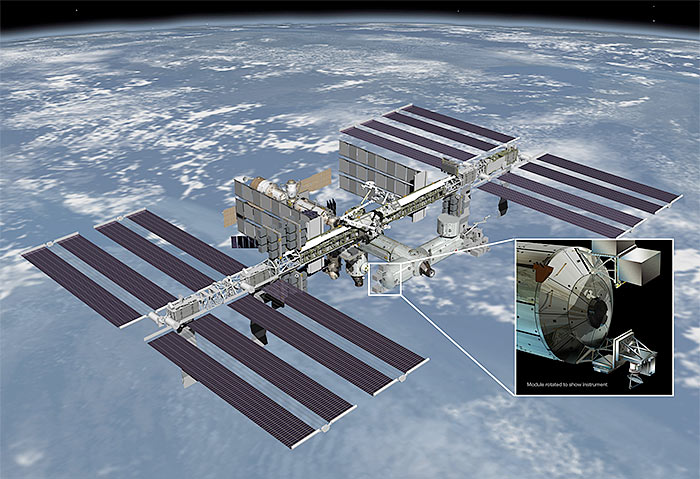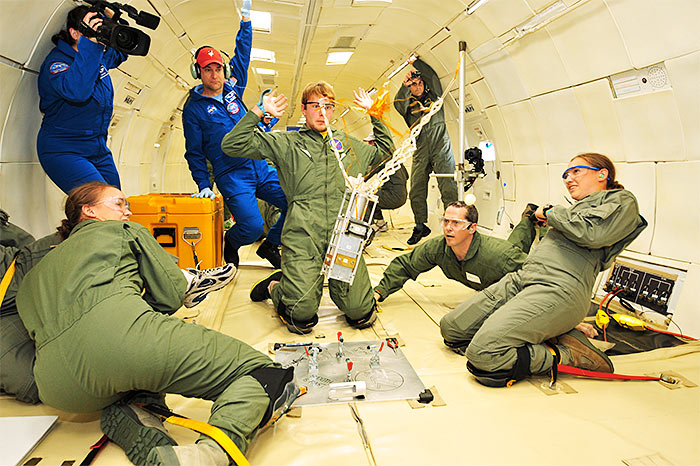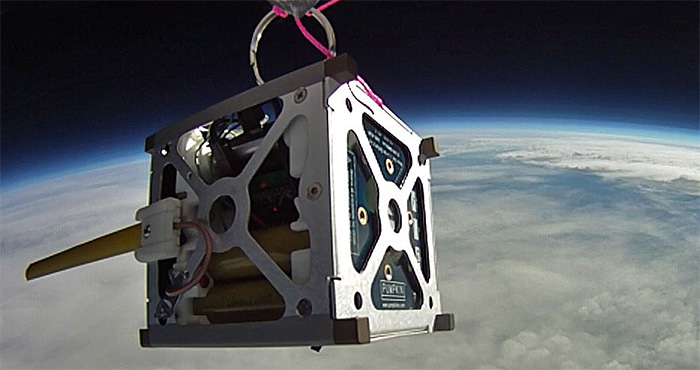[youtube=http://www.youtube.com/watch?v=CgiGU7yCvQM&w=700]
The US Army is working to develop a Tactical Assault Light Operator Suit (TALOS) that uses liquid body armor that hardens into a bulletproof solid within milliseconds. The suit would provide a soldier with heat, air conditioning, oxygen, would stasis, night vision, enhanced strength, computers, and communications.
The US Army Special Operations Command (SOCOM) believes it can have a first-generation prototype within a year and a more advanced version by 2016.
At the same time, spacesuits are still based on technology which has hardly changed since the 1960’s. Why isn’t NASA working on TALOS-like suits for space? NASA occasionally funds research on advanced spacesuit concepts, but there is no drive for rapid development because, unlike the military, NASA does not have an urgent need. So, research proceeds slowly for a time, until the the grant runs out or the budget gets cut to fund higher priorities tied to near-term missions.
Work on advanced spacesuits might proceed more rapidly under an organization such as the Defense Advanced Research Projects Agency. The military has little need for spacesuits, however, because of the decades-old unwritten policy that prohibits the military from conducting manned space programs. As a result, spacesuits do not fall within DARPA’s range of interests. And so it goes.
[youtube=http://www.youtube.com/watch?v=ePl9TC2ySUY&w=700]











